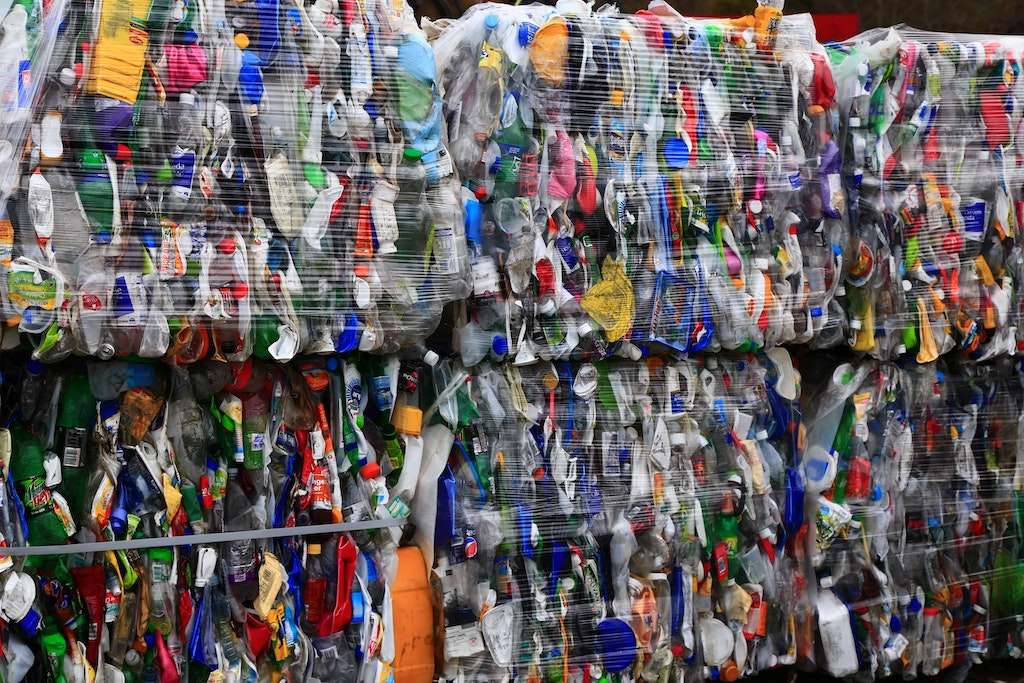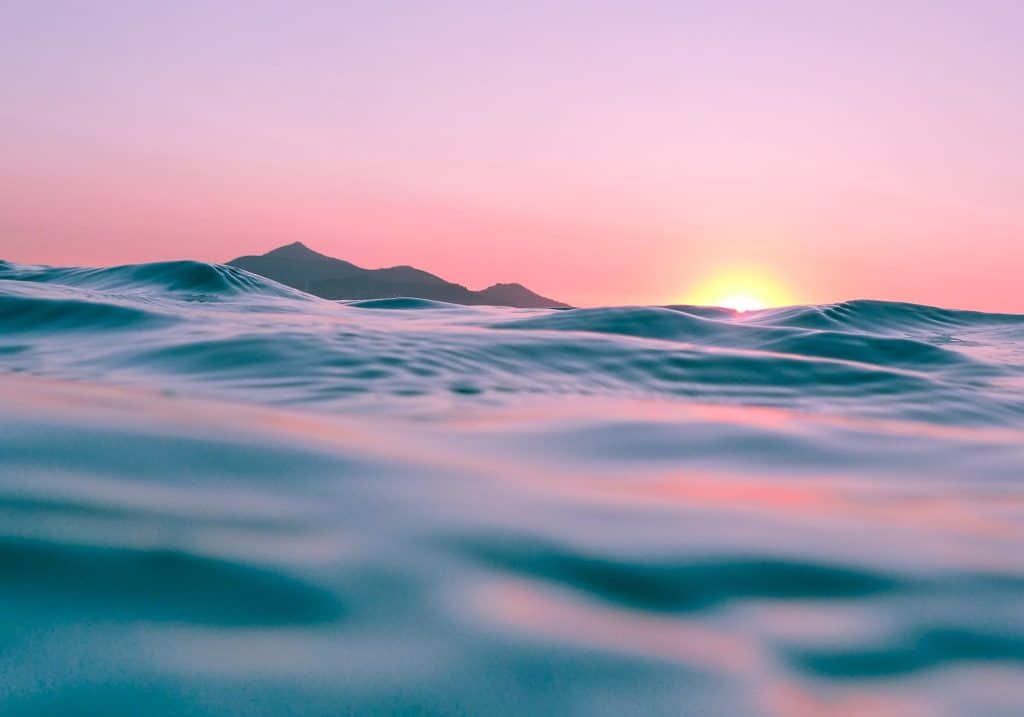Two recent studies have cast new light on the understanding and potential mitigation of microplastic pollution, with plants and the marine atmosphere as focal points.
Scientists at UBC’s BioProducts Institute have made a groundbreaking discovery that plants may play a crucial role in battling microplastic pollution. Their experiments focuses on the use of tannins — natural compounds found in plants — combined with wood dust, forming a filter capable of trapping virtually all microplastic particles in water.
While still in the experimental stage, the team, led by Dr. Orlando Rojas, believes that this method could be scaled up affordably and efficiently with the right industrial partner. The findings are published in the journal Advanced Materials.
Microplastics, tiny fragments of plastic resulting from consumer and industrial waste, are a growing environmental problem. Dr. Rojas cited studies highlighting that most tap water is contaminated with microplastics and predicted a disconcerting 10 billion tons of mismanaged plastic waste in the environment by 2025.
“Most solutions proposed so far are costly or difficult to scale up,” Rojas said in a statement. “We’re proposing a solution that could potentially be scaled down for home use or scaled up for municipal treatment systems. Our filter, unlike plastic filters, does not contribute to further pollution as it uses renewable and biodegradable materials: tannic acids from plants, bark, wood and leaves, and wood sawdust — a forestry byproduct that is both widely available and renewable.”

The proposed solution, known as “bioCap,” has been proven to trap between 95.2 percent and 99.9 percent of plastic particles, depending on the type of plastic. Furthermore, it prevented microplastic accumulation in mouse organs when tested. This innovative method has the potential to capture various microplastic types, such as microfibers from clothing, microbeads from personal care products, and particles from utensils and packaging.
This research was conducted in collaboration with experts from Sichuan University in China and UBC’s chemical and biological engineering department. Dr. Rojas emphasized that “microplastics pose a growing threat to aquatic ecosystems and human health,” and that their solution represents a vital step towards a sustainable approach.
The research comes as another study reveals a concerning connection between oceans and airborne microplastics. German and Norwegian researchers, led by Dr. Barbara Scholz-Böttcher, found that microplastic particles are present in the marine atmosphere even in remote regions. Their findings are published in the journal Nature Communications.
“With our study, we present data on the mass load of different types of plastic in the marine atmosphere for the first time,” Isabel Goßmann, a doctoral candidate at the University of Oldenburg’s Institute for Chemistry and Biology of the Marine Environment (ICBM) and first author of the paper, said in a statement.

The research team conducted a comprehensive analysis of air samples collected along the Norwegian coast up to the Arctic region. The analysis identified various types of plastics, including polyester, polypropylene polycarbonate, polystyrene, and tire wear particles. The concentrations of microplastics measured reached 37.5 nanograms per cubic meter of air, reaffirming the ubiquity of these pollutants.
According to the researchers, prior to their findings, little has been known about microplastics pollution levels including tire wear particles in the marine atmosphere. “There are only a handful of studies on the concentration of these pollutants in the air,” said Scholz-Böttcher. “Our model calculations indicate that the microplastics in the marine atmosphere come from direct sources on the land as well as from the sea,” she added.
The research found microplastics in the marine atmosphere originate not only from land but are also re-emitted from the sea. The team suggests plastic particles floating near the sea surface enter the atmosphere via sea spray and bursting air bubbles produced during stormy weather, for example. The sea spray and storm-induced air bubbles were identified as factors, along with ship traffic, which contributed to microplastics through the paints and coatings used.
Related on Ethos:


